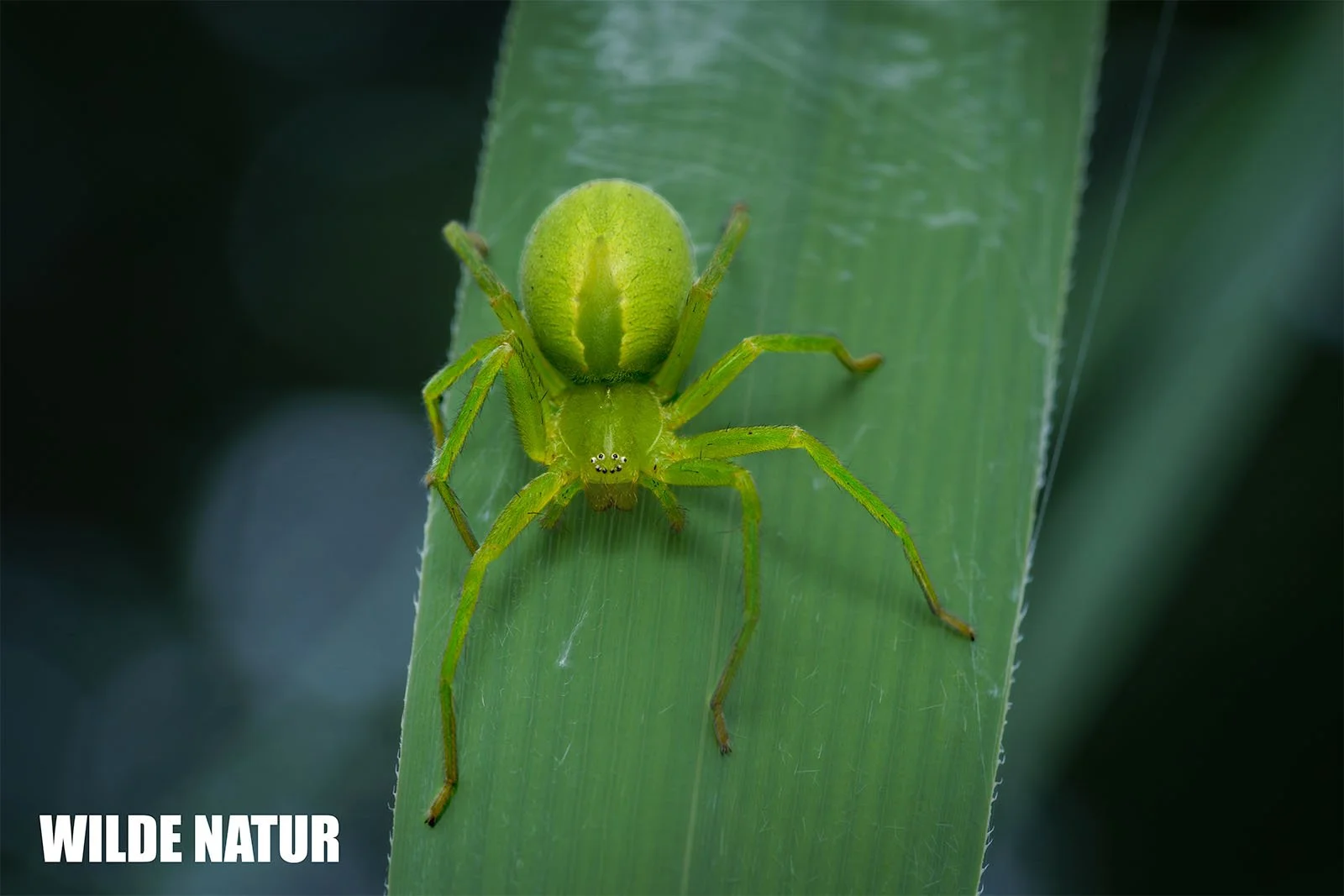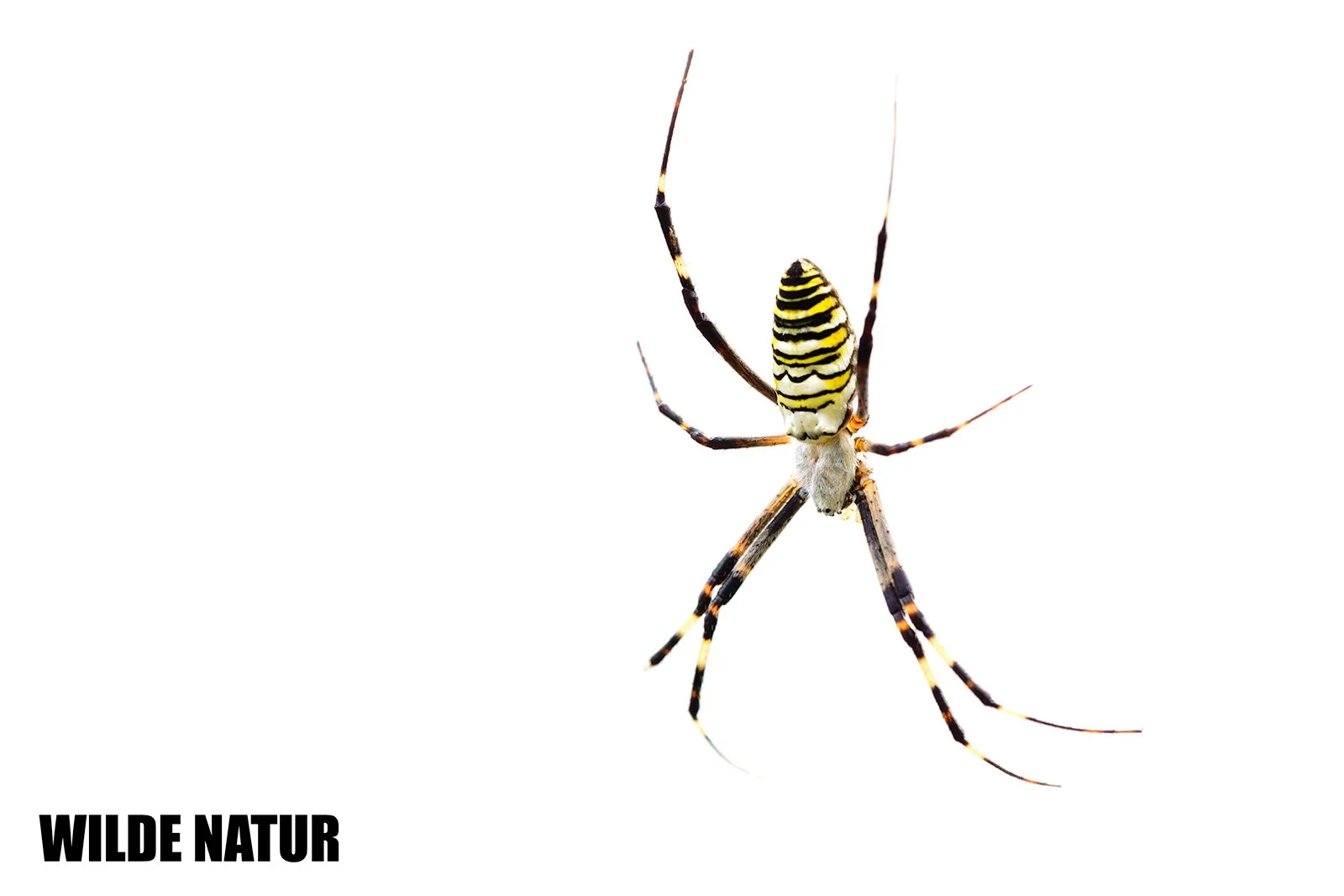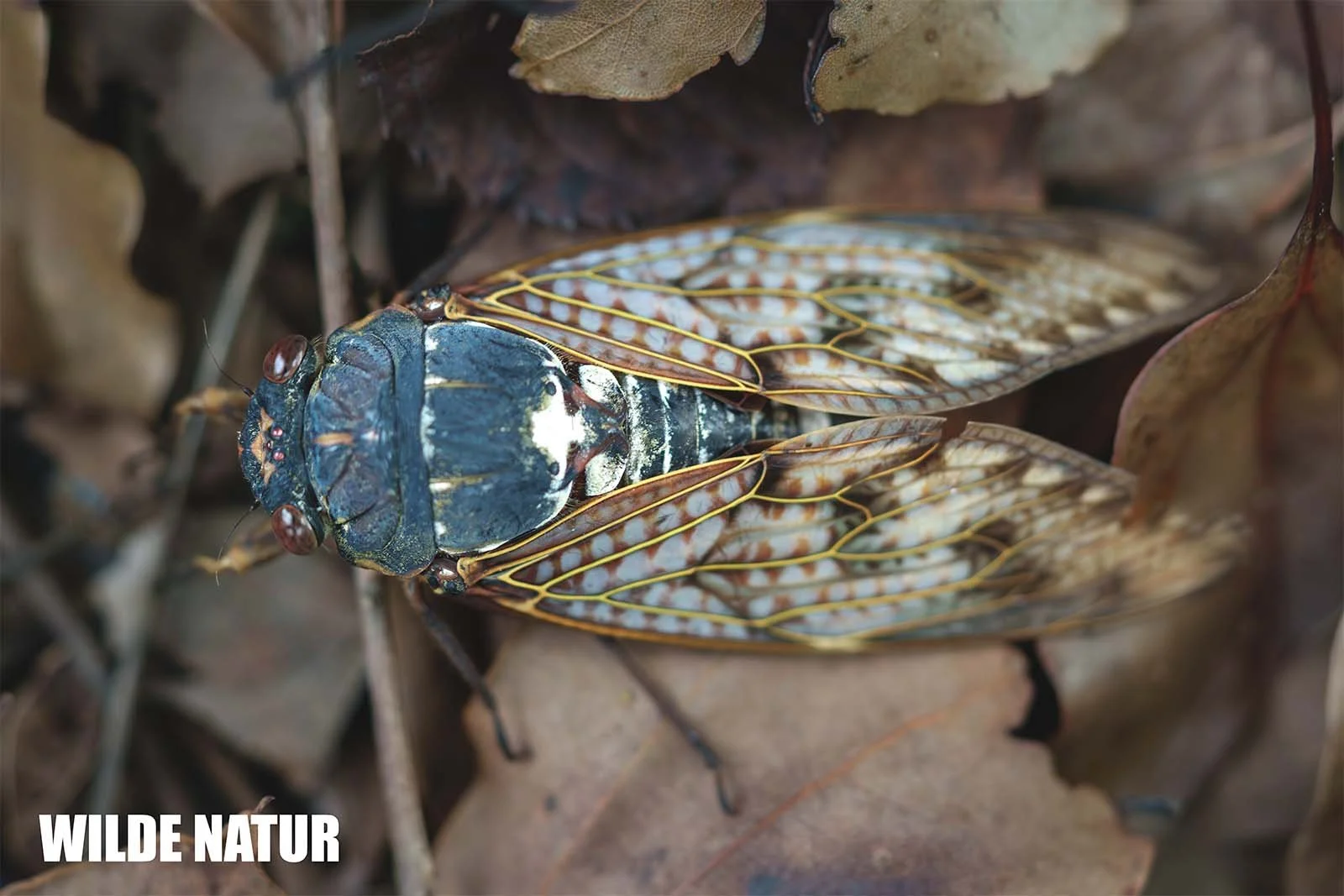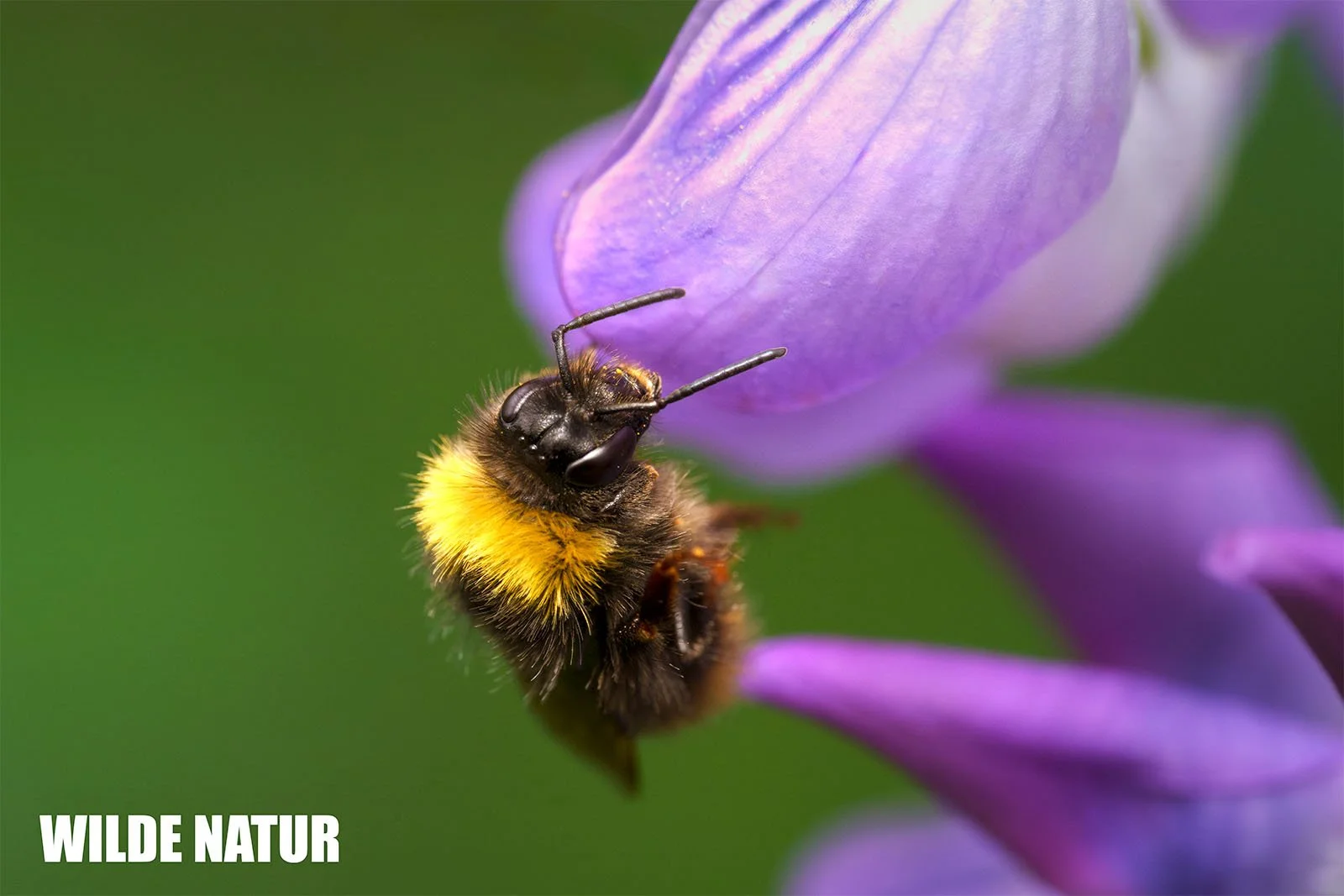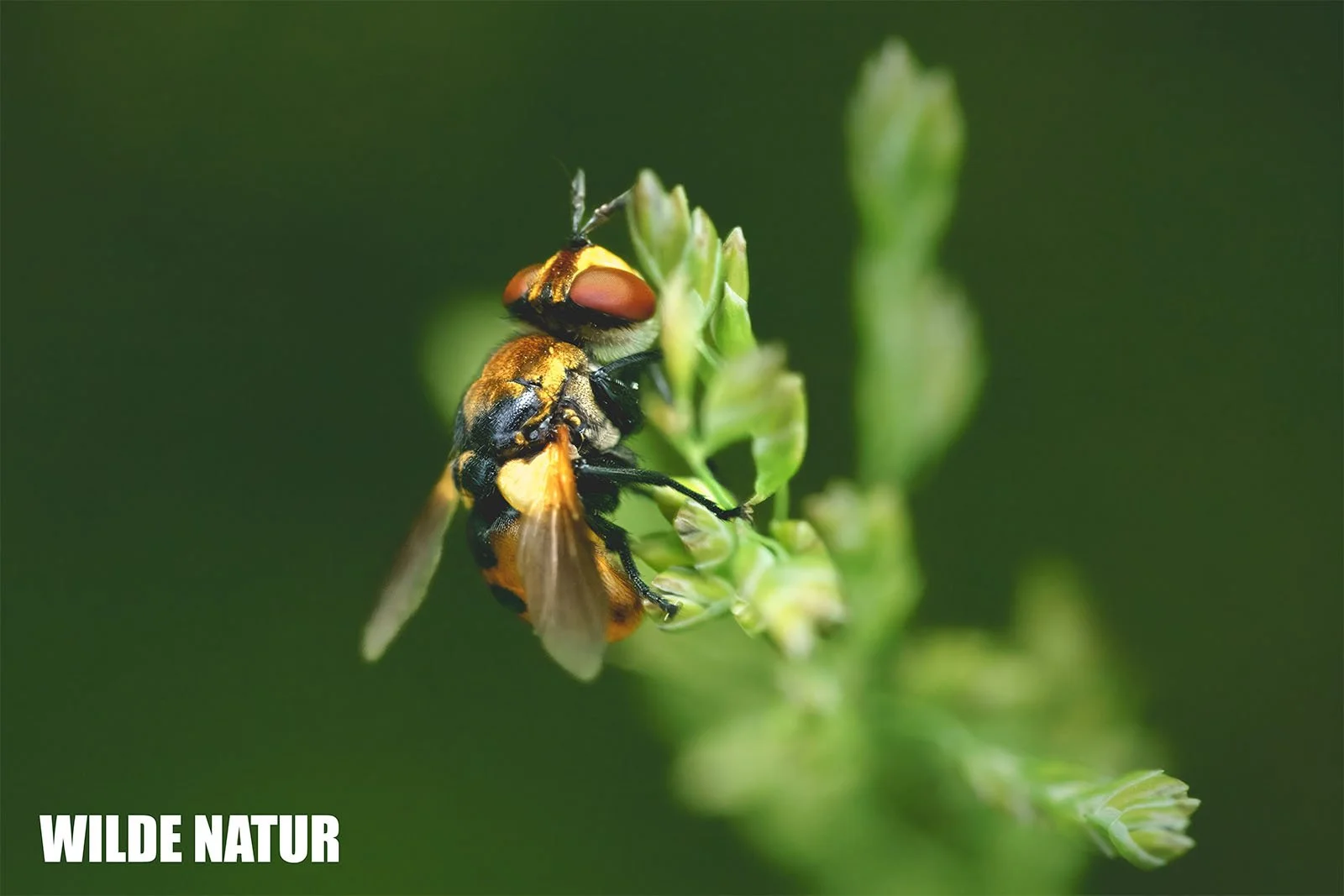Buff-tailed Bumblebee (Bombus terrestris)
Buff-tailed Bumblebee (Bombus terrestris)
Buff-tailed Bumblebee – Biology & Conservation
Get to know Bombus terrestris: its distinctive traits, life stages, and practical tips for supporting it in nature-friendly gardens.
At a Glance
- Body length: Queen ~25 mm, Worker ~14 mm
- Coloring: black-yellow fur with a pale tail tip
- Active: Feb–Sep
- Food: Pollen, nectar
- Nesting: Underground cavities
- Range: Europe (exported globally for greenhouse use)
Basic Information
- Family: Apidae
- Weight (worker): 70–750 mg
- Proboscis length: 8–10 mm
- Wingspan: 18–28 mm
Table of Contents
- Introduction
- Appearance
- Life Cycle & Reproduction
- Seasonal Behavior
- Diet & Ecological Role
- Occurrence & Distribution
- Practical Examples
- FAQ
- Conclusion
Introduction
Bombus terrestris, the buff-tailed bumblebee, is one of the first bumblebee species to emerge each year, often waking from hibernation at just a few degrees above freezing. It plays a vital role in pollinating early-blooming plants. This article covers its appearance, life stages, and how you can support it in your garden.
Appearance
With its compact, densely furred body and distinct black-yellow banding plus a pale tip on the abdomen, this bumblebee is easily distinguished from other species.
- Queen: approx. 25 mm
- Worker: approx. 14 mm, 70–750 mg
- Drone: approx. 15 mm
The greyish wings are well-veined, and the large compound eyes provide all-around vision. Pollen baskets are located on the hind legs.
Life Cycle & Reproduction
Founding Phase (Feb–March):
A young queen selects and prepares an underground nest site.First Brood:
Eggs are laid in wax cells, kept warm by the queen’s muscle-generated heat.Worker Phase (from April):
The first workers take over foraging and nest maintenance; the colony grows to around 500 individuals.Midsummer (July–Aug):
Drones and new young queens hatch; mating occurs outside the nest.Overwintering:
Only fertilized young queens survive in soil until the following spring.
Seasonal Behavior
Queens can fly at temperatures as low as 2 °C thanks to muscle vibration. Workers become active from around 6 °C. From February to September, they tirelessly visit flowers. During cold or rainy weather, they enter rest phases.
Diet & Ecological Role
With a proboscis 8–10 mm long, they extract nectar and carry pollen in dense hair tufts on their hind legs. Thanks to their efficiency, they’re essential pollinators both in greenhouses (e.g., tomatoes) and in wildflower meadows.
Occurrence & Distribution
Originally native to Europe, Bombus terrestris has been introduced through greenhouse releases to regions such as Japan, South America, and Tasmania—sometimes with significant impacts on local wild bee populations.
Practical Examples
- Plant early-blooming willows (Salix) and hellebores so queens find food as early as February.
- Leave small, loose soil mounds for young queens to nest in.
- Provide shallow water sources with calm edges.
FAQ
1. How can I identify the buff-tailed bumblebee?
By its two yellow bands, pale tail tip, and compact, black-furred body.
2. When should I start supporting them?
Start in late winter (from February) with suitable early bloomers.
3. Are nest boxes effective?
Buff-tailed bumblebees prefer ground nests; soil mounds and mouse-hole mimics are more effective.
4. What plants are ideal?
Perennial wildflower mixes and early-blooming willows (Salix) in sunny spots.
5. Is this species threatened?
Not significantly endangered in Europe, but it benefits from nature-friendly gardens.
Conclusion
The buff-tailed bumblebee is a fascinating and essential pollinator. By planting early nectar sources and providing suitable nesting sites, you can help boost its population in your garden and contribute to the conservation of this valuable wild bee.







